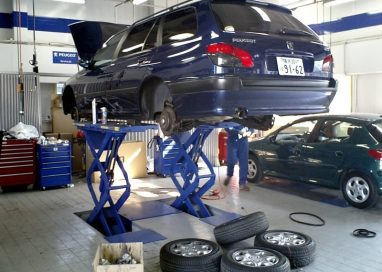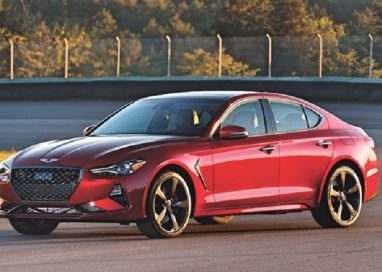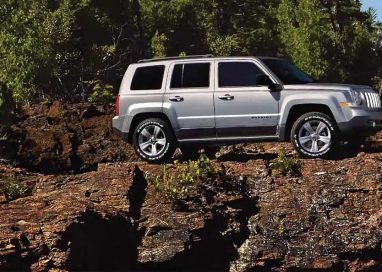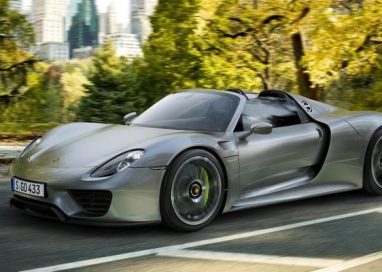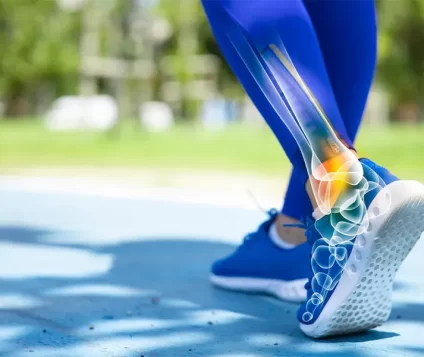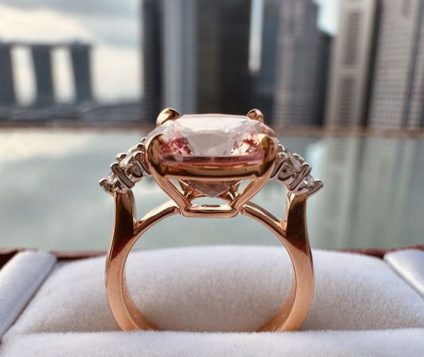How to Choose a Radiator For a Jeep
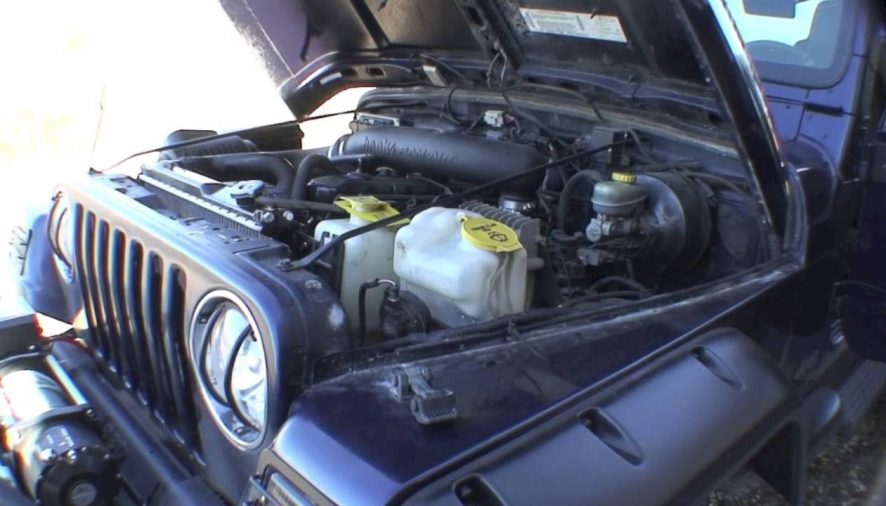
There are general rules to consider when choosing to replace a radiator inside a Jeep. It’s important to locate and confirm the size of the original radiator. You cannot substitute certain models that fall short in thickness by a wide margin because it will reduce the airflow to the engine.
Think of your Jeep’s engine as an instrument that can turn a small percentage of the heat generated into pure horsepower. The remainder leaves through the exhaust system or is absorb into the vehicle’s cooling system. However, if too much is absorb into the system, then chances are high your Jeep could experience radiator troubles.
Most mechanics feel neglecting the cooling system is often the major cause for repairs. Choosing the right jeep radiators for sale is a difficult decison because it’s imortant for engine and vehicle performance.
Here is how to choose a radiator for a Jeep:
What Style of Radiator Works Best in a Jeep
The first decision is choosing between a vertical or horizontal flow radiator. As far as the cooling process, not much difference between the two models. Vertical flow is a bit more sensitive than a horizontal flow radiator. Mechanics believe the placement of the cap is key to longevity of a radiator. Many would recommend having it on the same side as the water pump.
How Important is The Density of The Cooling Fins
Another important aspect in choosing the right jeep radiators for sale is determining the density of the cooling fins between the air tubes. This will help to radiate the heat from the cooling system. An increased number of fins will add to the efficiency of the radiator. Too often, older radiators restrict air flow which could be counter productive and lead to clogs in the tubes.
Why Aluminum Radiators Are Better Than Copper Radiators
An aluminum radiator does cool better than a copper-based radiator as they’re better designed to allow uniform heat to transfer throughout the cooling system. A copper-based radiator has smaller tubes that become weaker over time which reduces the air flow and limits the radiator’s cooling capacity.
Another advantage for choosing an aluminum jeep radiators for sale are they’re ideal for all modern vehicles as the major parts are aluminum as well and this reduces the risk of corrosion. The wear and tear of constant usage will force an aluminum radiator to be replaced every 8-12 years, while copper-based radiators tend to last between 6-10 years.
Finally, aluminum radiators help to dispense more power and heat by lowering the operating temperaure of the Jeep. This can be accomplished by securing adequate airflow throughout the cooling system. Obviously, this is all dependent on the radiator being installed correctly.
The Size of Radiator Doesn’t Matter
The size of a radiator won’t prevent a Jeep from warming up sufficiently. However, too small of a radiator will cause the vehicle to overheat in constant usage. It’s important to choose a radiator that has plenty of cooling capacity as it will help to absorb the heat generated off the engine.




